| Structure | Name/CAS No. | Articles |
|---|---|---|
 |
Ketoconazole
CAS:65277-42-1 |
|
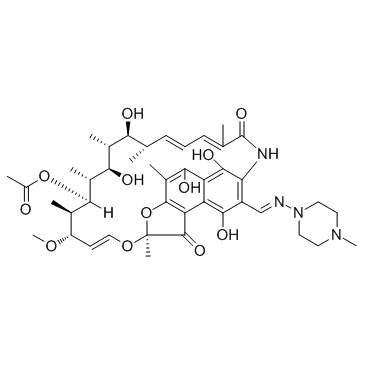 |
Rifampicin
CAS:13292-46-1 |
|
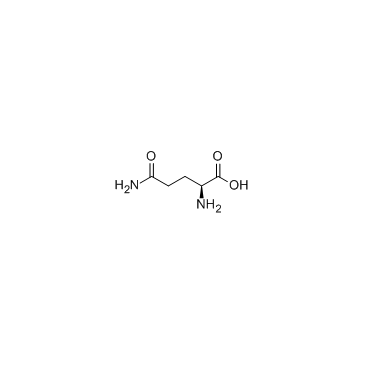 |
L-Glutamine
CAS:56-85-9 |
|
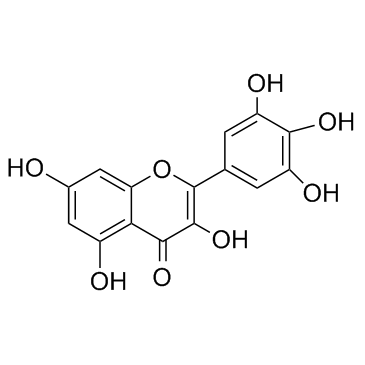 |
Myricetin
CAS:529-44-2 |
|
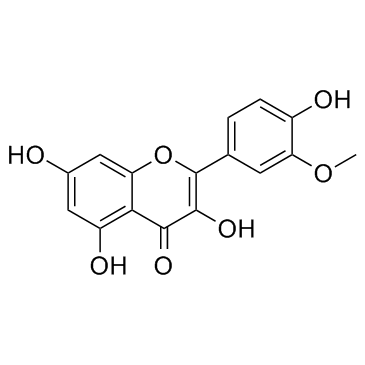 |
Isorhamnetin
CAS:480-19-3 |
|
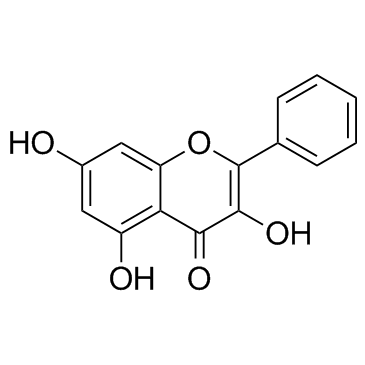 |
Galangin
CAS:548-83-4 |
|
 |
Pregnenolone
CAS:145-13-1 |
|
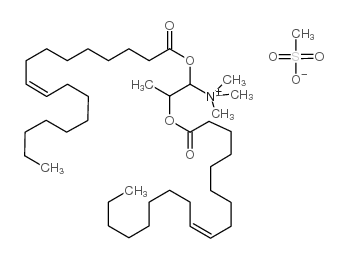 |
DOTAP Transfection Reagent
CAS:144189-73-1 |
|
 |
Quercetin
CAS:117-39-5 |
|
 |
Kaempferol
CAS:520-18-3 |